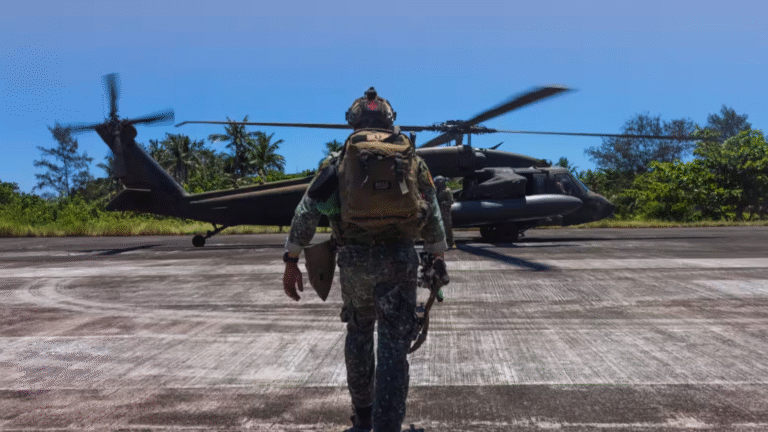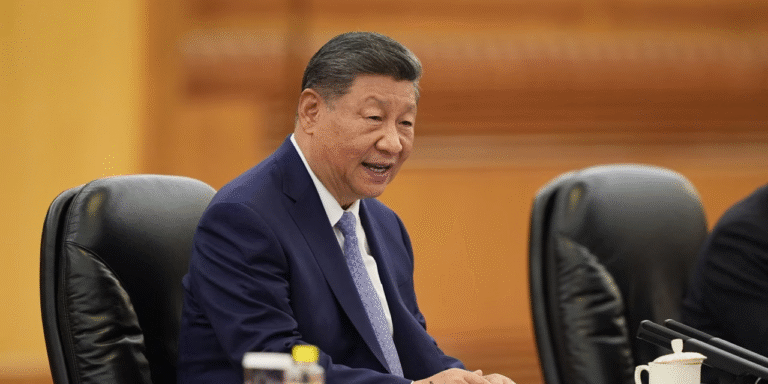The Armed Forces of the Philippines (AFP) and the United States military worked shoulder to shoulder to provide disaster relief to Philippine communities after consecutive storms Typhoon Kalmaegi and Super Typhoon Fung-wong in early November 2025.
The U.S. Indo-Pacific Command’s forward presence and readiness in the region facilitates rapid and effective response to natural disasters, demonstrating the U.S. commitment to Allies and Partners during times of need.
At the request of the Philippine government, the U.S. deployed assets and personnel, coordinating with the AFP, Philippine National Disaster Risk Reduction and Management Council (NDRRMC), Philippine Office of Civil Defense, Joint U.S. Military Assistance Group, Task Force–Philippines, and the U.S. State Department.
“I have been thoroughly impressed by the preparedness and forward-leaning measures taken by the Philippine government during this situation, and we will support the lead of our Philippine counterparts as we carry out this relief mission together as a fully aligned team,” said U.S. Marine Corps Brig. Gen. Robert Brodie, commander of the 3rd Marine Expeditionary Brigade. “Support to our friends, Allies and Partners, and their people in a time of need, is non-negotiable. Together, we are overcoming distance, weather, and logistical challenges to save lives.”
The mission highlights the long-standing Philippine-U.S. alliance and the shared commitment to regional resilience and humanitarian assistance.
Super Typhoon Fung-wong hit the Philippines’ main island of Luzon and parts of the Visayas islands, causing floods and landslides, cutting power to more than 150 municipalities, and killing at least 28 people, officials said. A few days earlier, Typhoon Kalmaegi caused flooding in the Visayas and the southern island of Mindanao that left nearly 270 people dead.
The Philippines Department of Social Welfare and Development said it had distributed more than 1.2 million family food packs to 17 regions by mid-November, as well delivering about 24,000 boxes of food and 31,000 nonfood items, including to stranded travelers.
Fung-wong affected more than 4.6 million people, with about 177,000 families sheltered at more than 9,000 evacuation centers and 85,000 people assisted elsewhere, the NDRRMC said.








